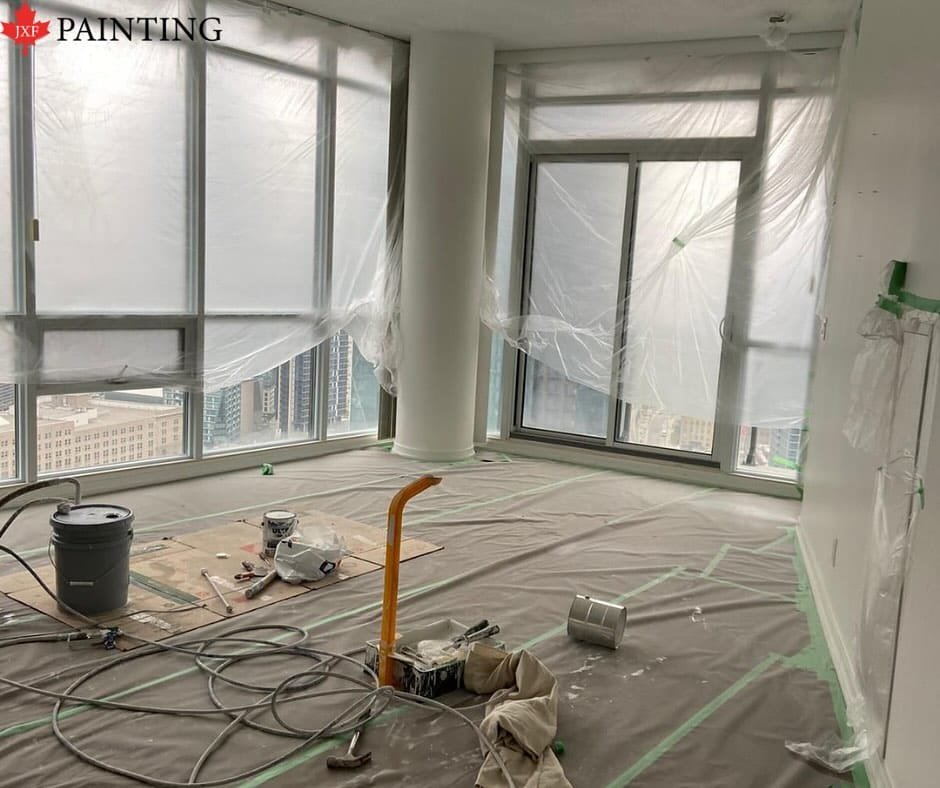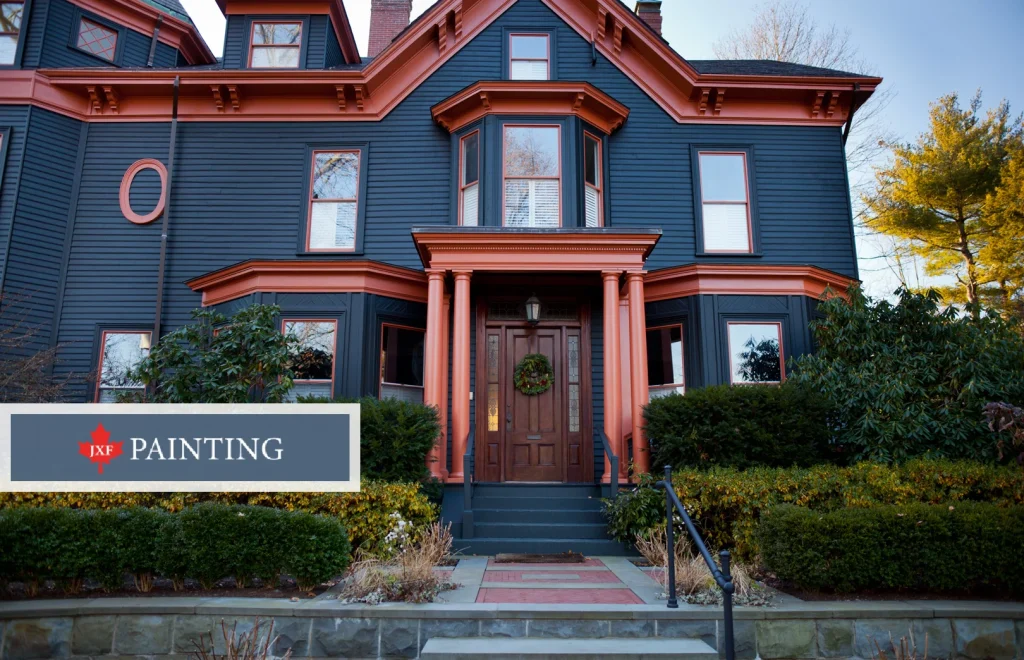Mildew? The term itself can strike fear into the hearts of householders everywhere. However, mildew need not be frightening. In fact, with a bit of elbow grease (and the correct kind of paint), you may turn mildew into an opportunity to solve specific problems in your home. Furthermore, you now have an excuse to start a new interior painting project. Let’s look at what mildew is, how to paint interior walls over mildew and what we can do about it when it’s time to paint.
What is mildew?
Mildew is a fungus that grows in warm, moist conditions. It can be found on decks, patios, and outdoor furniture. Mildew can cause damage to the outside of your house if left untreated, and indoor mildew can cause respiratory problems, headaches, and sinus congestion.
Look for it in bathrooms and kitchens where humidity levels are high. However, mildew can also be found:
- On window sills where there is condensation
- Around indoor plants
- In the basement
- In the attic
- On walls behind furniture
- In the garage
After identifying it, you can get rid of mildew for good with a little effort and some prevention suggestions.
Is it mildew or mould?
It might be tough to tell these two common types of fungi apart, but there are a few crucial differences. Mildew is a form of mould less dangerous than the black growth with which it is usually related. Mould and mildew grow in dark, damp environments and can be discovered on walls, ceilings, or surfaces. On the other hand, Mould is usually darker in colour, whilst mildew is lighter and grey. Mould has a fuzzy appearance, whereas mildew is generally smooth.
In terms of health, both mould and mildew can cause respiratory issues and allergic reactions. Mold, on the other hand, is often seen as more dangerous since it can create toxins that can cause more significant health problems. It is also critical to take precautions to keep mould and mildew from growing in your home. By touring the Mold House, you may receive a quick view of some of the most critical strategies to safeguard your house against mold.
Preventing Mildew Growth in the First Place
Mildew is a fungus that grows in moist environments. It is critical to keep the humidity levels in your home low to prevent its growth. This can be accomplished by opening windows and employing fans, dehumidifiers, and air conditioners. You should also use the bathroom and kitchen exhaust fans when showering or cooking. Also, if you have a humidifier, keep it empty and clean on a regular basis. If you live in a humid area, you must take all of these precautions to keep your home mildew-free.
How to Clean Mildew Before Painting
It is critical to clean the affected surfaces before painting a mildewed space. Painting over mildew will not help it go away; in fact, it will make cleaning mildew more difficult in the future as the mildew develops under the new paint.
A water and bleach mix is the best approach to clean mildew. Apply three parts water to one part bleach to the afflicted surface with a sponge or brush. Scrub well, then rinse with clean water. You may need to repeat the method multiple times to completely remove mildew. After washing and rinsing the surface, make sure to give it enough time to completely dry before painting.
What if the mildew is hiding behind the paint?
If your home has a severe mildew infestation, it may not be a minor issue. It’s sometimes behind the old paint, sometimes behind the wallpaper, and always inside the drywall. It will be harder to deal with the problem in the future, and painting over the afflicted region is only a temporary cosmetic repair. You must remove the infected drywall and replace it with new drywall. This is a time-consuming and skill-intensive technique, but it is the only way to kill all signs of mildew.
Now that you can see what’s behind the wall, you might be able to identify the root of the problem. If you have identified the source of the moisture, now is the time to deal with it and permanently solve the problem. You may be confident that mildew will not return after removing the problem and replacing the walls.
In Conclusion:
Mildew can be a bother, but it’s easily remedied with a little elbow grease and the correct paints. Our expert painters have the knowledge and tools to handle any mildew-covered surface. We’ll complete the prep work for you and utilize mildew-resistant paints, so your paint job will look fantastic for years to come. Are you ready to get started? Give us a call at (647) 889-7967 right away!




